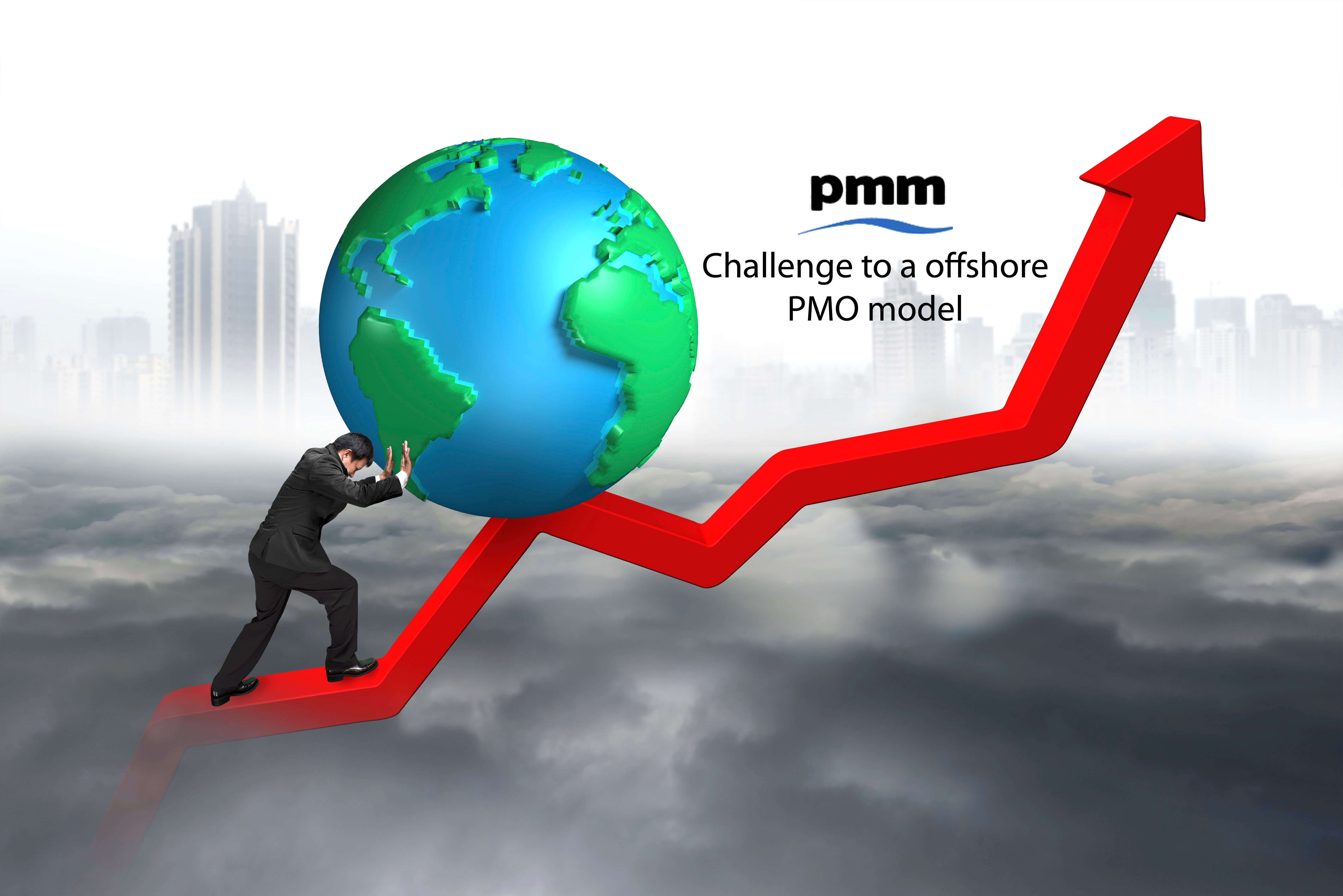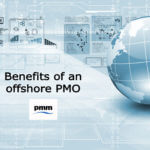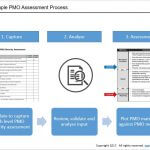 The last post, Benefits of an offshore PMO model, covered some of the reasons for adopting an offshore model. This post will cover the challenges.
The last post, Benefits of an offshore PMO model, covered some of the reasons for adopting an offshore model. This post will cover the challenges.
When off-shoring started to become popular in the late 90′s early 00′s, the main metric used by senior management was the cost per FTE (full time equivalent). It is very difficult to get past the headline figure that a resource with the same skill set could cost 33% or 25% of a similar onshore resource. However, this view was short sighted and many other factors that should have been considered were not. The result being that the saving, service, etc was not as anticipated and in some cases, resulted in work being moved back on shore.
Challenges
1. Context
This step is missed so many times but makes a real difference to the success. Most people like to have a (high level) understanding of what is being completed and the overall purpose / goal. This provides a frame of reference to where the tasks being requested fit into the overall process. By not providing this, it can make it more difficult for the tasks to be understood and reduces the opportunity for the offshore team to make improvement suggestions. Otherwise, there is a risk that tasks may be completed in a way that is counter productive to the overall objective.
Always take the time to provide the context to all new team members. Where possible arrange for the offshore team to spend time with the onshore team. Seeing the working environment first hand will help with the understanding of what is required and the dynamics of the working environment.
2. Poorly Defined Operational Requirements
To make an offshore model work, it is very important that the requirements are clearly documented. This includes process flows and roles & responsibilities. All aspects of the operational process i.e. creating milestone reports from the central plan data, need to be documented. You need to have a comprehensive, step by step guide so that in theory anyone could pick up the manual and, subject to having appropriate system access, execute the procedures.
This requires discipline from the onshore process owners to take the time and ensure that the process is captured, reviewed and refined. This then needs to be updated on an ongoing basis (especially where process spans on / offshore teams). In many industries there is a requirement from regulators that up to date operational manuals are maintained so this is not just for offshore teams.
3. Migrating “Broken” Processes
In many cases the existing onshore process is not fit for purpose. However, when a decision is taken to offshore, the exact same process is migrated. This type of move is sometimes referred to “lift and shift”. While it reduces the time to move the process, it does mean that a potentially “broken” process is moved. For example, the process may be failing onshore, so why move the same process offshore? The process should be reviewed, considering the fact it will be off-shored, and processes fixed, additional requirements added and those no longer required removed.
The challenge on this is that it is soon forgotten that the process was not working onshore. Blame is automatically placed on the off-shoring, even though the problem existed for years. Make sure that problems are addressed or at a minimum documented with clear plan so that expectations are managed.
4. Communication
Usually most off-shore centres have a different primary language to the onshore location. This means that the precise use of language is required to ensure correct understanding. If not results will not be as expected.
Avoid using acronyms or colloquialism as they will not be understood. Try to use clear, straight forward language to explain each step in a process. Request that the off-shore team explain their understanding as this is a very good way to check understanding.
5. Culture
This is important and often over looked. There are great differences between regions, countries, etc even for the same organisation. If you do not understand, you may be disappointed with outcomes. For example, in Asia you may not be challenged and told that a task can not be completed to the required timescale, especially if the request comes from a more senior resource onshore. The result is that the deadline will arrive and the task will not be completed.
You must take the time to understand the ways of working. Then you can ensure to ask questions to allow the team to tell you what can or, more importantly, can not be achieved. This is also important if you are looking for the offshore team to take a lead in improving processes. Create an environment where everyone feels that they can be honest.
6. Resistance
Many senior managers encourage and support off-shoring until it involves work close to them. Suddenly they will be explaining why their processes are complicated and need on remain onshore. This is very common as people do not want to feel they are losing control. In this case it is important to explain the process and demonstrate the controls in place for orderly migration with agreed check points. It is a good idea to start with a pilot that involves less critical activity.
You also will have resistance from the onshore resources whose work is being migrated. They naturally will be worried if they will have a role at the end of the migration. In some cases they will, in others they will not. In both cases open and honest communication on a continual basis is required. Where there roles will change, explain the journey and what will be expected. If the role onshore will be demised, explain options, consider retention bonuses, etc. In all cases remember it is a fellow human being and treat them how you would like to be treated with respect.
Summary
Implementing an off-shore model and migrating activity is challenging. It needs to be done in a professional, structured and caring way. All team members must be made to feel included and that their input is valued. Attention to detail is very important. Do not assume that the gaps in process will be filled, if it is not in the operations manual it will not.
While challenging, investing the time will yield results.






